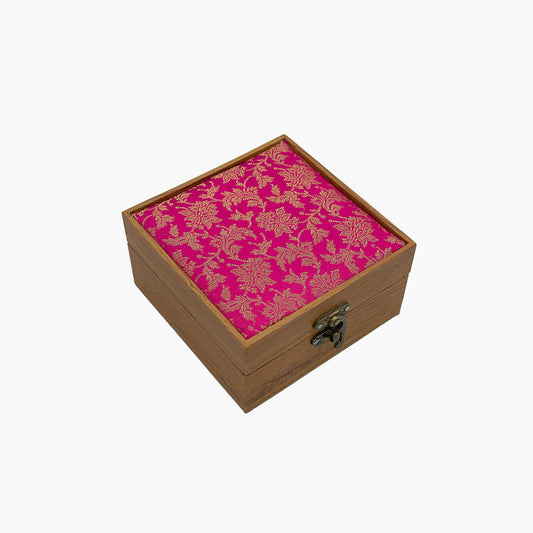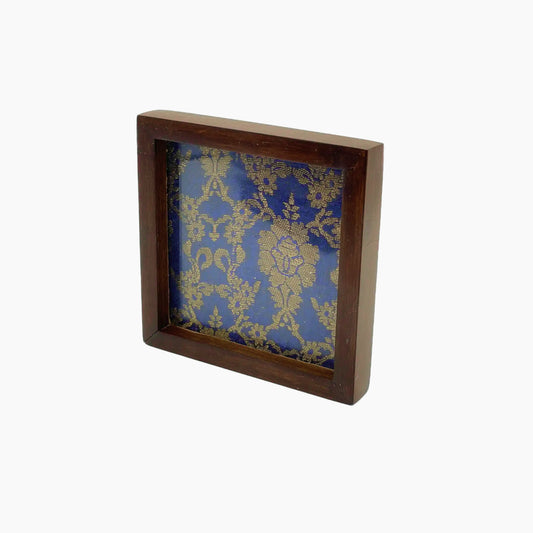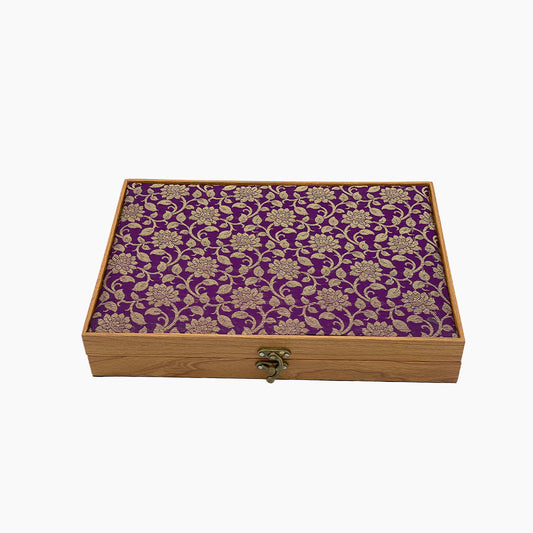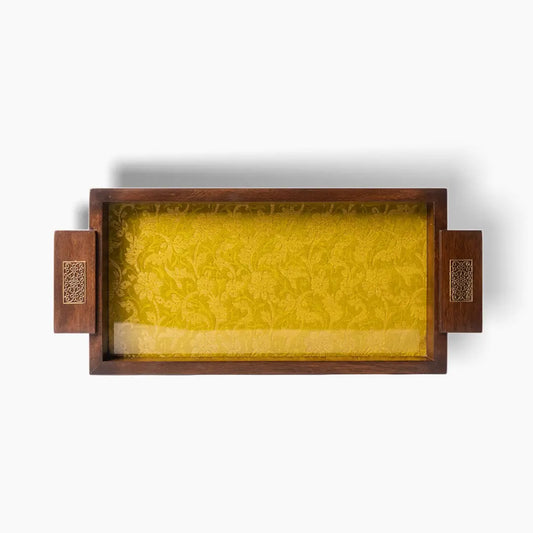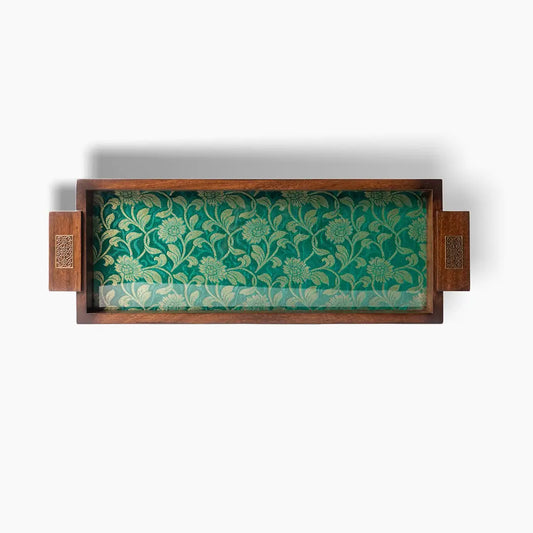Orangi Town, Karachi, Sindh
Jamavar
Jamavar is a traditional textile craft that originated in the Mughal era and remains a symbol of luxury and heritage in Pakistan. Known for its intricate, richly woven patterns, Jamavar is made from fine silk or wool and is distinguished by its elaborate designs featuring paisleys, florals, and geometric motifs. The term "Jamavar" comes from two words: "jama" meaning cloth and "var" meaning yard, emphasizing the textile's ornate beauty and high-quality craftsmanship. Historically associated with royalty and nobility, Jamavar shawls, scarves, and fabric lengths are prized for their intricate detailing and opulent appearance.
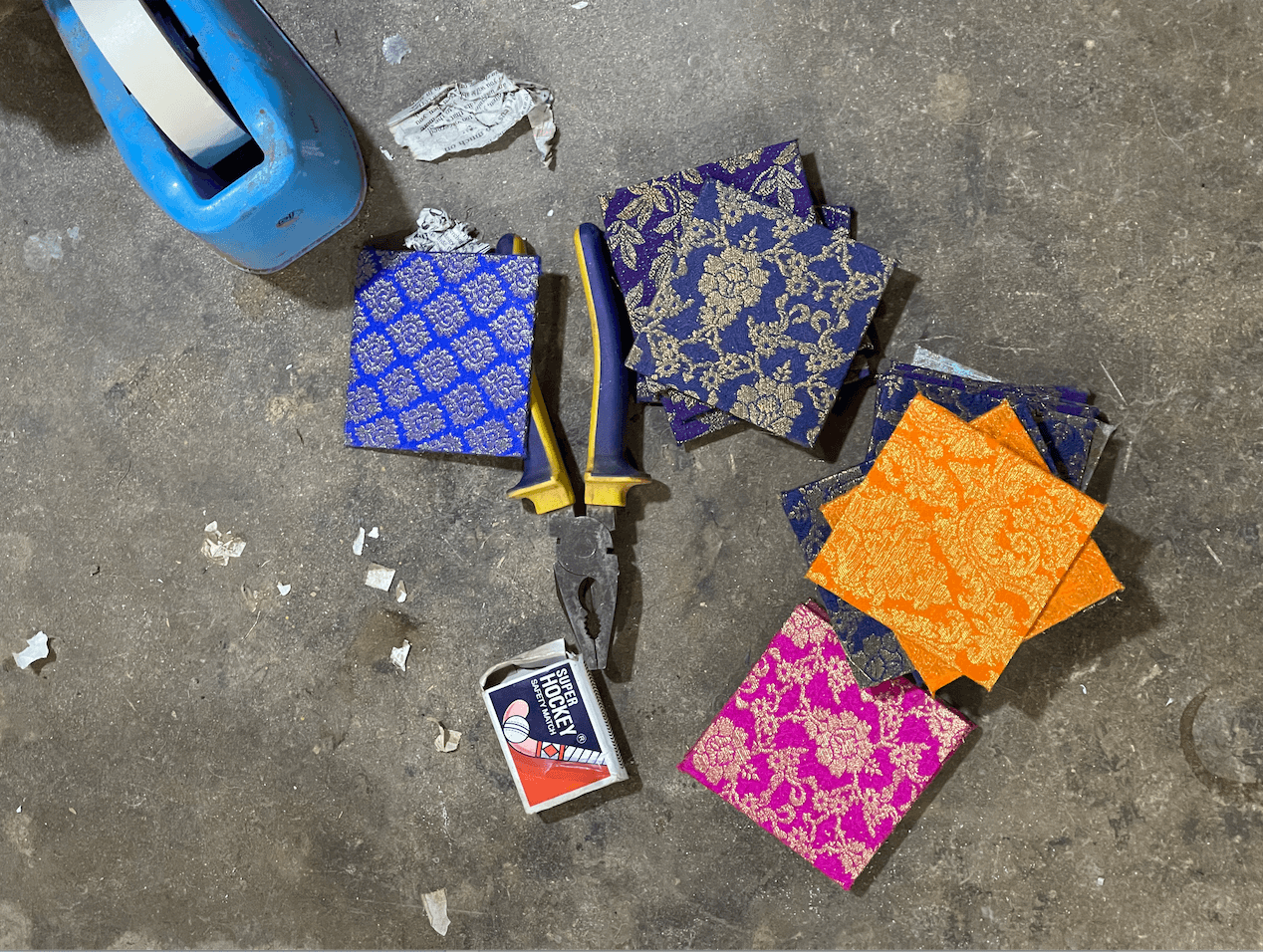
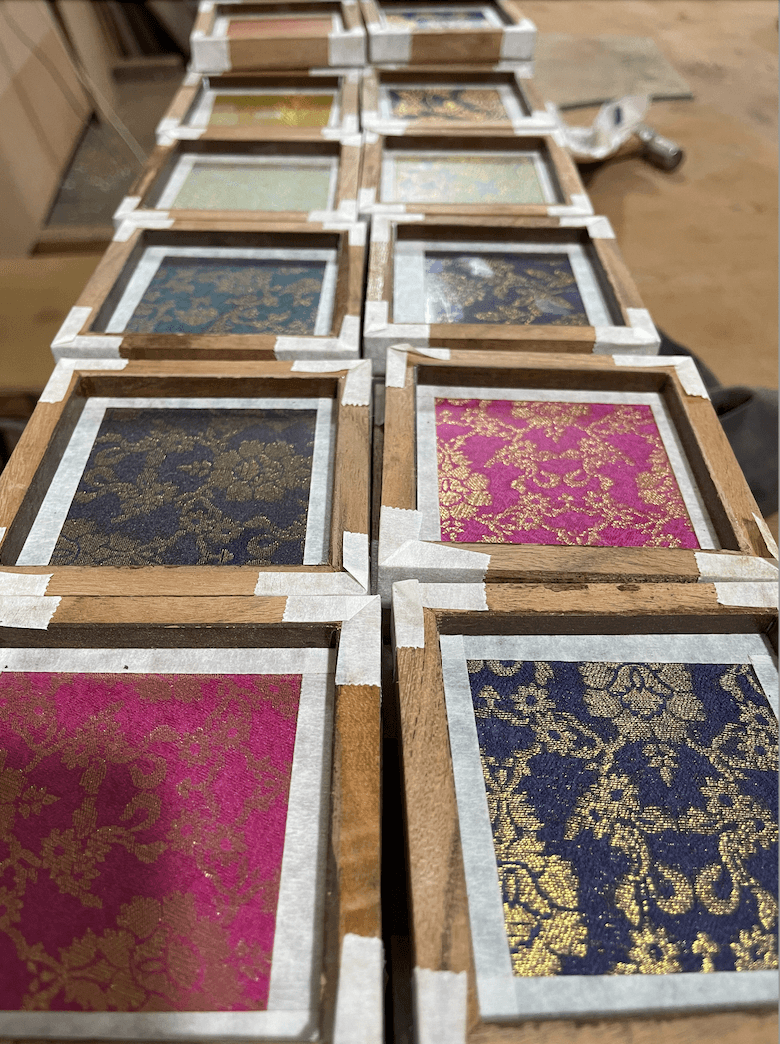
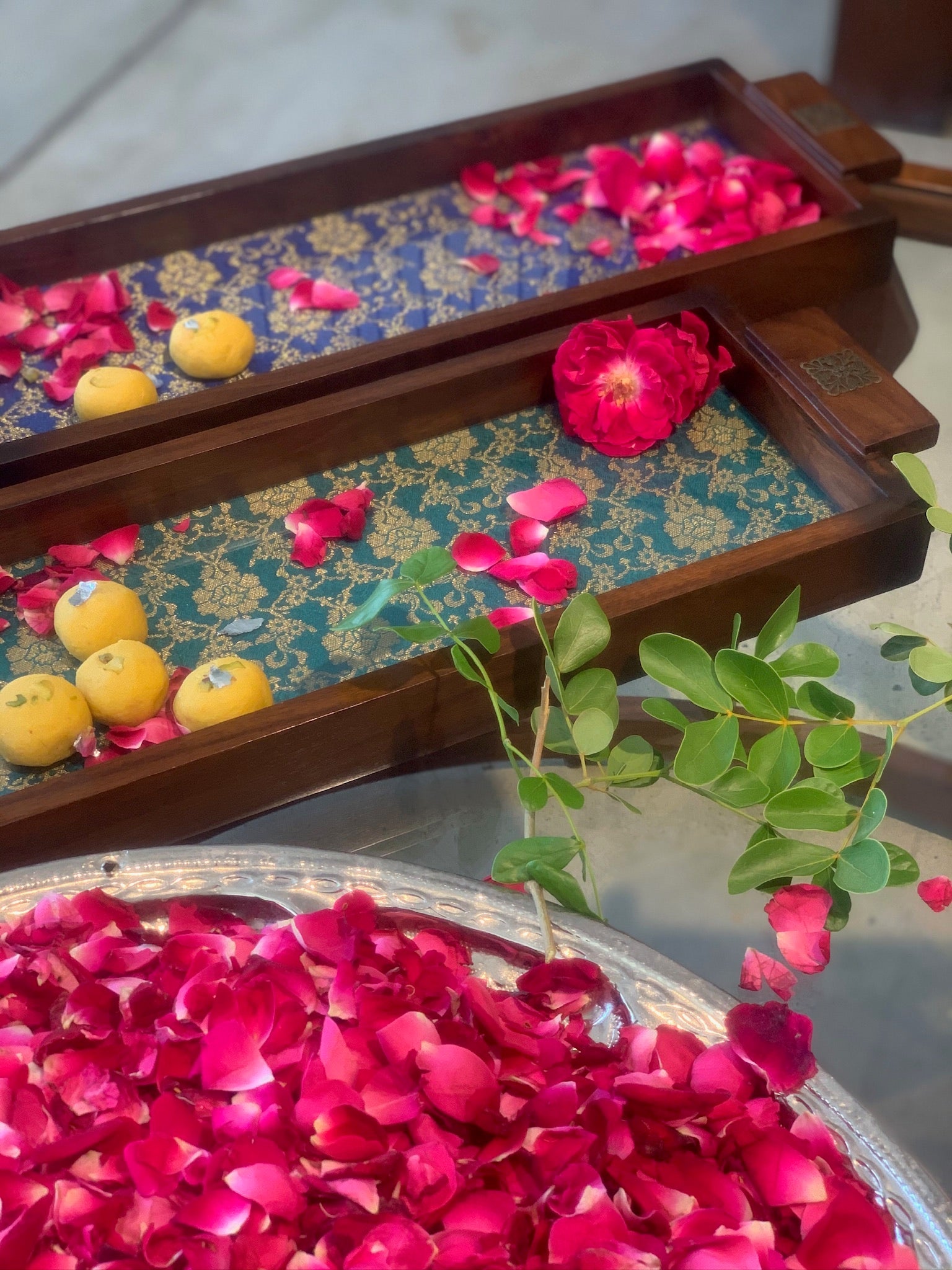
Collapsible content
Craftsmanship and Techniques
1. Material Selection
Jamavar is traditionally woven using pure silk, wool, or a blend of both, depending on the region and the desired finish. The fabric’s luxurious feel is the result of the careful selection of these fine materials.
2. Weaving and Design
The weaving process is incredibly intricate, with artisans using handlooms or jacquard looms to create the complex patterns that define Jamavar. These designs, often featuring paisley motifs and floral patterns, are inspired by the rich artistic heritage of the Mughal Empire. The weaving is so detailed that it can take weeks or even months to complete a single piece.
3. Color and Patterns
Jamavar shawls and fabrics are known for their vibrant color palettes, ranging from deep reds and purples to golds and greens. The rich colors are often combined with metallic threads to enhance the opulent appearance of the textile. The most iconic design in Jamavar is the boteh (paisley), symbolizing fertility and eternity, alongside other intricate floral and arabesque patterns.
4. Finishing
Once woven, the fabric is carefully finished and often hand-embroidered to add extra detail. The edges of Jamavar shawls are typically tasseled or finished with delicate fringes, adding to the overall elegance and luxurious feel of the garment.
Cultural and Historical Significance
Jamavar has deep cultural roots in South Asia, particularly in Pakistan and India, where it has long been associated with royalty and aristocracy. During the Mughal period, Jamavar was used to create lavish garments and shawls, symbolizing wealth, status, and refinement. These pieces were often exchanged as gifts among nobles and passed down through generations as treasured family heirlooms. The intricate patterns, particularly the paisley, reflect the artistic fusion of Mughal and Persian influences, making Jamavar a significant part of Pakistan's textile heritage.
Modern Relevance
Today, Jamavar remains a highly sought-after craft, celebrated for its artisanal quality and timeless beauty. While traditionally used for shawls, modern Jamavar is also crafted into scarves, stoles, upholstery fabrics, and even wall hangings. Designers incorporate Jamavar into both traditional and contemporary fashion, blending its historical richness with modern styles. The textile is prized not only for its decorative appeal but also for its sustainable, handmade qualities, making it a favorite in luxury fashion and home décor.
Shop Jamavar products
-
Jamavar Box
Regular price Rs. 1,600Regular priceUnit price / per -
Jamavar Coaster
Regular price Rs. 1,500Regular priceUnit price / per -
Jamavar Jewellery Box Large
Regular price Rs. 4,500Regular priceUnit price / per -
Jamavar Tray Small
Regular price Rs. 9,500Regular priceUnit price / per -
Jamavar Tray Large
Regular price Rs. 12,000Regular priceUnit price / per
